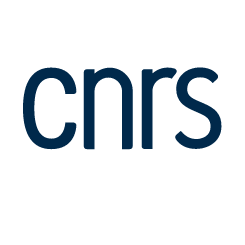How Do Secondary Minerals in Granite Help Distinguish Paleo-from Present-Day Permeable Fracture Zones? Joint Interpretation of SWIR Spectroscopy and Geophysical Logs in the Geothermal Wells of Northern Alsace
Résumé
The investigation of permeable hydrothermally altered and fractured zones and their distribution is a key issue for the understanding of fluid circulation in granitic rocks, on which the success of geothermal projects relies. Based on the use of shortwave infrared (SWIR) spectroscopy applied to rock cuttings coupled with interpretation of geophysical logs, we propose an investigation of the clay signature of fault and fracture zones (FZ) inside the granitic basement. This methodology was applied to two geothermal wells: GRT-2 from the Rittershoffen and GPK-1 from the Soultz-sous-Forêts (Soultz) geothermal sites, both located in the Upper Rhine Graben (URG). A total of 1430 SWIR spectra were acquired and analysed. Variations in the 2200 nm absorption band area are correlated with hydrothermal alteration grades. The 2200 nm absorption band area is found to reflect the illite quantity and its variations in the granitic basement. Low, stable values are observed in the unaltered granite facies, showing good reproducibility of the method, whereas scattered high values are associated with high hydrothermal alteration and FZs. Variations in the 2200 nm absorption band area were correlated with the gamma ray and electrical resistivity logs. This procedure allowed us to confirm that illite mainly controls the resistivity response except inside the permeable FZs, where the resistivity response is controlled by the geothermal brine. Thus, the architecture of these permeable FZs was described precisely by using a combination of the 2200 nm absorption band area data and the electrical resistivity log. Moreover, by correlation with other geophysical logs (temperature (T), porosity, and density), paleo-permeable and currently permeable FZs inside the reservoir were distinguished. The correlation of SWIR spectroscopy with electrical resistivity logs appears to be a robust tool for geothermal exploration in granitic reservoirs in the URG.
| Origine | Fichiers éditeurs autorisés sur une archive ouverte |
|---|
Loading...
